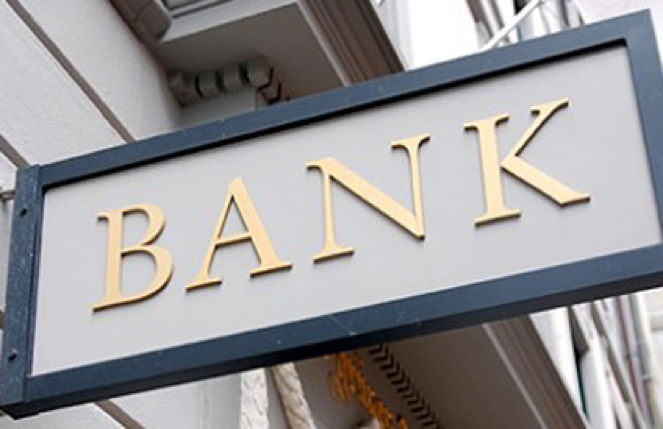We all know about banks, and we all use banks. But do you really understand how banks function and what their role is? Here are some important facts about what banks really do and what the current state of banking looks like. Read on to learn all you could need to know about banking.
- Deposits Are a Bank’s Largest Source of Funds
A bank’s funds are made up of the deposits that people make. When someone has a bank account with a bank, they deposit their money, and the bank can then look after it. Banks can use the funds that are in their care in whatever way they want. But they have to be able to release the money to its owner whenever they ask for it. There are often limits that can be withdrawn at short notice though.

- Banks Also Have to Generate Income
Banks have to generate income, and this is done predominantly via lending. When banks lend money to individuals or businesses, they do this in order to make a profit. Consumer lending makes up the biggest portion of a bank’s revenue. And within consumer lending, the predominant type of lending is mortgages. The long-term return on investment from mortgages can be huge for banks. But there can be some instability when lending standards are not strict, as we saw during the 2008 crash. Banks are not going to stop being reliant on mortgages any time soon though.
- Fees Generate Revenue Too
One of the biggest things that drives revenue in the banking industry today is fees. When banks offer any kind of service, you will find that there is a whole host of added fees. It is certainly not a coincidence that the size of these fees is rising all the time. It’s a good way of banks to increase revenue in a way that is covert. Many people don’t even notice these fees, but they do make a big difference to the bottom line of a bank. Whether they’re late-payment fees, transaction fees or any other kind of fees, they’re on the rise.
- Banks Are Becoming Fewer
The number of banks in society is actually decreasing. And this means two different things. For a start, the larger banks in the market are now in the process of increasing their dominance. What this means is that some of the smaller banks are going out of business. The other thing it means is that the number of bank branches on the street is now fewer than ever before. With so many people using remote and online banking, the need for physical bank branches is reducing each year. This can leave some people who don’t use online banking disappointed.

- Shareholder Equity Makes Up Part of a Bank’s Capital
Deposits and fees are important, but banks also make up their capital from shareholder equity. This offers the bank some security because it’s a type of capital that is not going to just disappear. Deposits can be removed, but shareholder equity operates in an entirely different way. Banks raise this money by creating shares and selling them to investors. They can then pay out dividends to the people who buy up these shares. Banks tend to only sell shares when they are looking to raise equity for a particular reason though.
- Each Financial Institution Has a BIC
Security is obviously a very big deal in the world of banking. It’s something that all banks have to take very seriously indeed. And one of the ways in which banks stay secure is by using a BIC. Of course, there are many other ways of maintaining security too. But Business Identifier Codes are unique codes that each financial institution has. And they use SWIFT code formatting. They can then be used to make wiring funds swifter and safer. They are predominantly used when money is being transferred between banks, and messages can be sent using BICs as well. You can learn more by viewing the Banks SWIFT Code list.
- Customisation is Increasing
These days, the world of banking is changing in some big ways. The increased use of online banking services is not just increasing the dominance of the big banks. It also means that those big banks are doing more and more to compete for customers. One of the things that this has led to is increased customisation. Banks are expected to offer deals that are personalised to fit the needs of each individual customer. This is something that is clearly being embraced by many big banks, and it will only increase in the future.

 Photo Source
Photo Source